Rhinoplasty: Understanding the Nose Surgery Procedure and Its Benefits
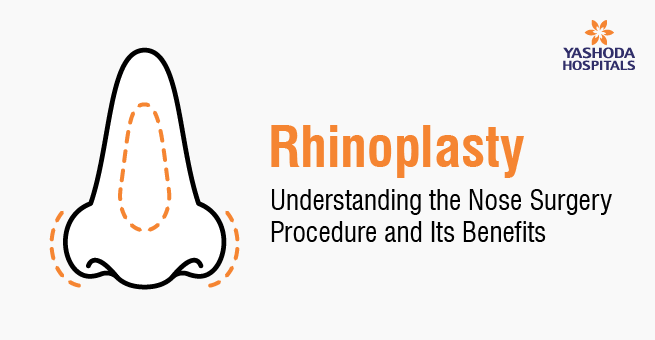
Rhinoplasty is commonly known as a nose job that is usually designed to reshape a nose, be it for aesthetic and functional improvement of the nose or even to correct several issues such as breathing difficulties, sinus troubles, or repairing any nasal damage due to injury or a birth condition. Such enhancements can also improve quality of life and boost an individual’s level of self-esteem.
Understanding Rhinoplasty Surgery
Rhinoplasty, also known as a “nose job,” is the surgical procedure intended to change the shape of the nose to enhance its appearance, improve its function, or both. It’s a very individualized procedure and is tailored to fit each patient’s unique facial characteristics and personal goals. Even though people often seek it for aesthetic purposes, such as correcting the asymmetry, decreasing the size, or changing the shape of the nose, rhinoplasty has a critical role in the correction of functional issues. These functional benefits can include improvement of breathing difficulties caused by a deviated septum or other structural issues, relief of chronic sinus problems, and even repair of damage from nasal injuries or birth defects.
Rhinoplasty alters the nose’s basic framework, including bone, cartilage, and soft tissues. It aims to beautify facial harmony or correct nasal function, requiring skilled surgeons for natural-looking results. In general, “broad nose rhinoplasty” and “wide nose rhinoplasty” are essentially interchangeable terms used to describe rhinoplasty procedures focused on narrowing the nose. Both terms describe a surgical procedure aimed at narrowing the nose for improved facial harmony. These can involve reshaping the nasal bones to narrow the bridge, refining the nasal tip if it’s wide or bulbous, and/or reducing the width of the nostrils. The specific techniques used will depend on the individual’s anatomy and desired outcome.
Rhinoplasty Indications
Rhinoplasty nose surgery is indicated for various reasons of aesthetic and functional purposes:
Aesthetic Indications
- Nasal hump: A localized protrusion on the nasal bridge is called a nasal hump or dorsal hump.
- Bulbous or boxy nasal tip: A very convoluted nasal tip.
- Drooped nasal tip: Drooped ends.
- Hooked or upturned nose: A hooked or curved angle of the nose.
- Nasal asymmetry: A nose that is obviously not symmetric on both sides.
- Proportion issues: The nose becomes either too large or too small compared to the other features of the face.
- Wide nasal bridge: A nose that looks wider than the usual size.
- Nostrils that are larger or uneven: Nostrils that are larger or asymmetrical.
Functional Indications
- Chronic sinusitis: Recurrent sinus infections that can be associated with nasal structure.
- Nasal valve collapse: Weakness or narrowing of the nasal valves, which can restrict airflow.
- Deviated septum: The bony wall between the nostrils is displaced, and consequently, it may block breathing.
- Nasal Obstruction: Obstruction of nasal passages because of anatomical defect.
- Post-traumatic nasal deformity: Nasal deformities caused by injury or trauma.
Rhinoplasty should be a well-informed decision after a thorough consultation with a qualified and experienced surgeon, who will assess the patient’s unique needs and objectives to determine the best treatment option.
Have questions about rhinoplasty?
Rhinoplasty Types
Rhinoplasty is mainly categorized into two types:
- Open: Major nose reshaping, involving incisions to separate nose skin from bone and cartilage.
- Closed: Minor nose reshaping, involving incisions within the nose to separate skin from bone and cartilage.
Additional types include cosmetic rhinoplasty, nonsurgical rhinoplasty (filler rhinoplasty), functional rhinoplasty, and secondary rhinoplasty. Cosmetic rhinoplasty enhances nose and face appearance, while nonsurgical rhinoplasty or filler rhinoplasty uses dermal fillers to fill irregularities. Functional rhinoplasty restores nasal function after disease, cancer treatments, or injuries, while secondary rhinoplasty corrects problems after the first surgery.
Rhinoplasty Procedure
Rhinoplasty is a surgical operation that may be split down into specific stages as follows:
- Before the procedure: Pre-operative consultation with a qualified surgeon regarding goals, medical history, and expectations is necessary. They will examine the nose, assess the facial structure, and obtain photographs for planning and documentation purposes. They will explain to the patient the surgical technique to be used, risks associated, and recovery.
- During the procedure: Rhinoplasty is a procedure that is performed under general anesthesia, in which surgeons make incisions to gain access to bone and cartilage. The surgeon then reforms these structures as per the surgical plan, which may include excising, adding, or rearranging bone and cartilage. It may also involve the deviation correction of the septum if needed during this time.
- After the procedure: Rhinoplasty after the surgery requires supporting and protecting the nose during the early healing phase, which may be done through a splint or cast. Regular appointments are set to monitor recovery. The final results might take some months to a year before they completely appear, once the swelling subsides.
Rhinoplasty Benefits
Nose rhinoplasty offers a wide range of advantages, such as:
- Enhances facial harmony: Creates a balanced, proportionate appearance.
- Increases self-confidence: Enhances self-esteem and reduces self-consciousness.
- Corrects nasal asymmetry: Addresses issues like crooked nose or uneven nostrils.
- Refines nasal features: Enhances aesthetically pleasing look.
- Improves breathing: Corrects structural issues like deviated septum or nasal valve collapse.
- Reduces snoring: Improves nasal airflow.
- Alleviates sinus problems: Improves drainage and airflow.
- Corrects birth defects or injuries: Repairs nasal deformities from congenital conditions or trauma.
Rhinoplasty Side Effects
Like every surgical procedure, rhinoplasty is also associated with the following side effects and risks:
- Swelling and bruising: Around the nose, eyes, and cheeks. This is completely normal, usually peaking in the first few days and gradually subsiding over several weeks.
- Minor bleeding or drainage: From the cortical sites.
- Nasal congestion or difficulty breathing through the nose: Oftentimes due to swelling or splints or packing inside.
- Numbness or altered sensation: In and around the nose, this condition usually goes away with the passing of time.
- Pain or discomfort: With malaise managed by pain-relieving substances.
Recovery from Rhinoplasty
The recovery process after rhinoplasty takes several weeks to months. Shortly after the operation, the nose will be cast or splinted for support and protection, accompanied by swelling. Bruising may occur around the nose and eyes in some cases. Such a reaction is typical and might peak over the first couple of days before beginning to downgrade progressively thereafter. One would probably be asked to keep the head elevated. Pain medications are prescribed for managing discomfort.
Some residual swelling may last several months, especially around the nasal tip. Patience is essential because the perfectly refined shape may not yet be visible to the naked eye until the final swelling resolves itself, which could take up to a year or longer in some cases. In the meantime, one will need to follow the surgeon’s aftercare instructions carefully. This may include avoiding strenuous activities, wearing nasal strips at night, and making follow-up appointments to check up on how the healing is progressing.
When to seek Appointment?
One should look into scheduling a rhinoplasty consultation if he or she:
- Is unsatisfied with the appearance of their nose due to abnormal size, shape, angle, tip, bridge, or nostrils.
- Suffers from breathing issues due to structural reasons, such as a deviated septum or nasal valve collapse
- Have suffered some form of nasal trauma or injuryHave realistic expectations about what rhinoplasty can achieve. Perfect symmetry is not always possible, and the goal is a natural-looking and balanced result.
- Is physically healthy and does not have any medical conditions that could increase the risk of complications.
- Is emotionally ready for the surgery and the recovery process.
Consultation is not a requirement for surgery but an opportunity to gather information, ask questions, and determine if rhinoplasty is the best option for you.
Conclusion
Rhinoplasty is one of the most potent operations that can significantly transform not only the aesthetic outlook of the nose but its function as well. Whether your intention is to improve the balance of your face, you have breathing disorders and need correction, or you have an injury or a congenital defect, this offers a solution tailored just for you. It, therefore, requires careful thinking before making such a choice. The key to a good outcome is selecting a qualified surgeon who can tailor a treatment plan best suited to your individual needs and goals.
Yashoda Hospitals provides full rhinoplasty services with very skilled plastic and reconstructive surgeons. Equipped with advanced technology and a patient-centric approach, Yashoda Hospitals give priority to acquiring natural results while ensuring maximum safety and comfort for their patients. From the moment of the first consultation and up to post-operative care, they emphasize personal care support throughout the entire rhinoplasty journey. If you are considering rhinoplasty, consulting with the experienced surgeons at Yashoda Hospitals can help you explore your options and determine the best course of action for your specific needs.
Have any questions or concerns about your health? We’re here to help! Call us at +919513262681 for expert advice and support.
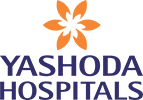
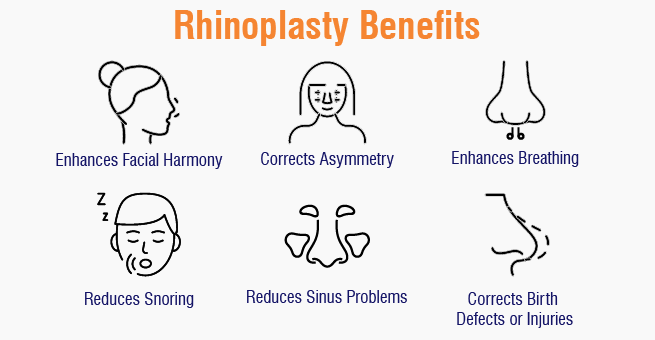
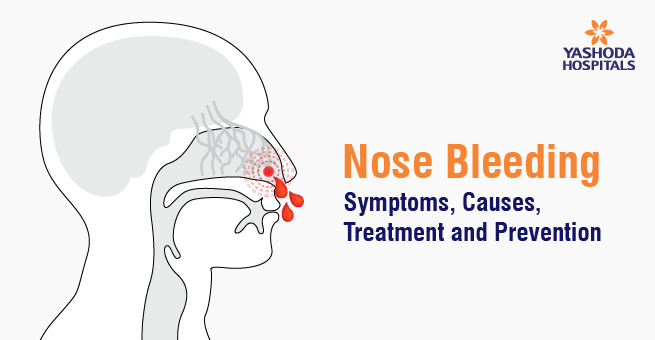
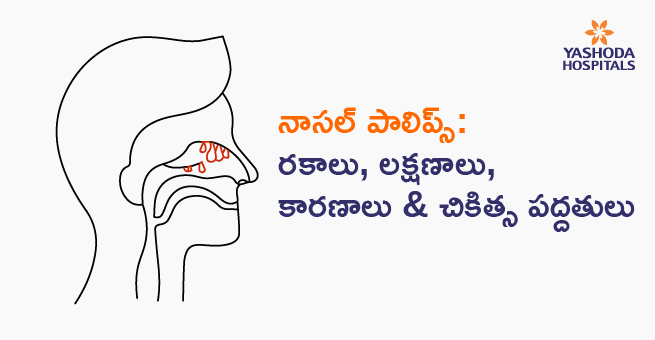

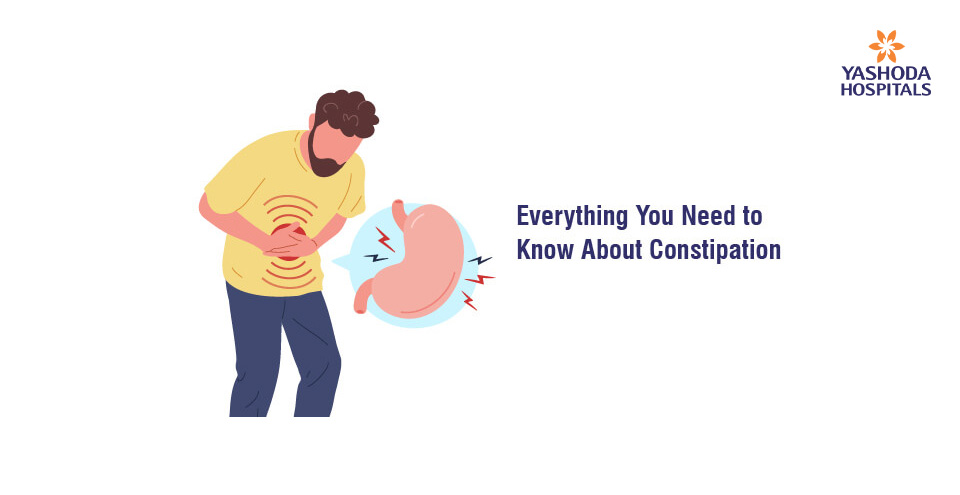
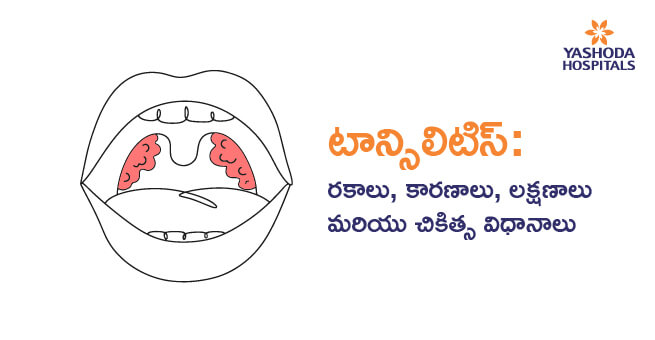

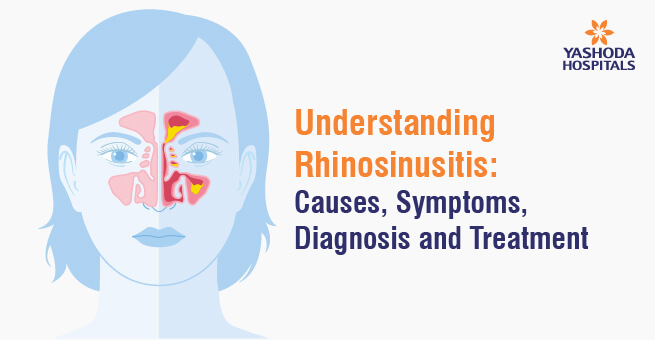
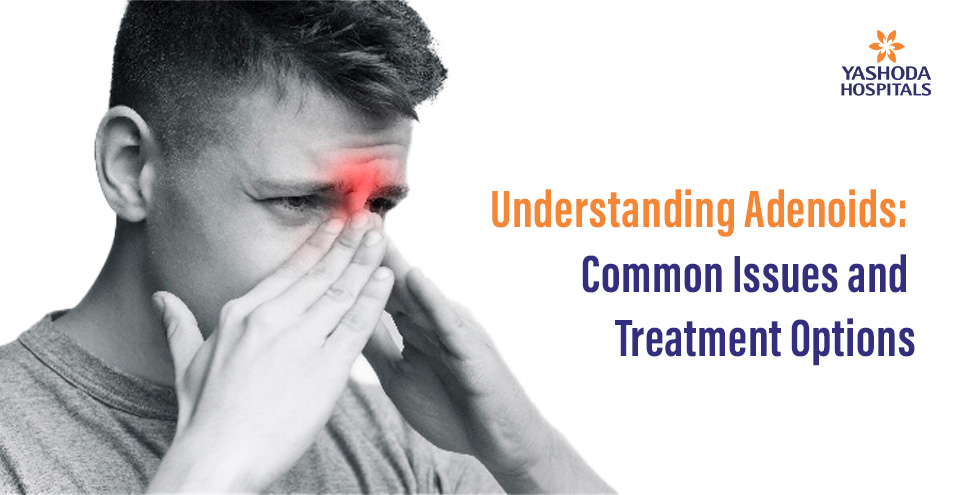
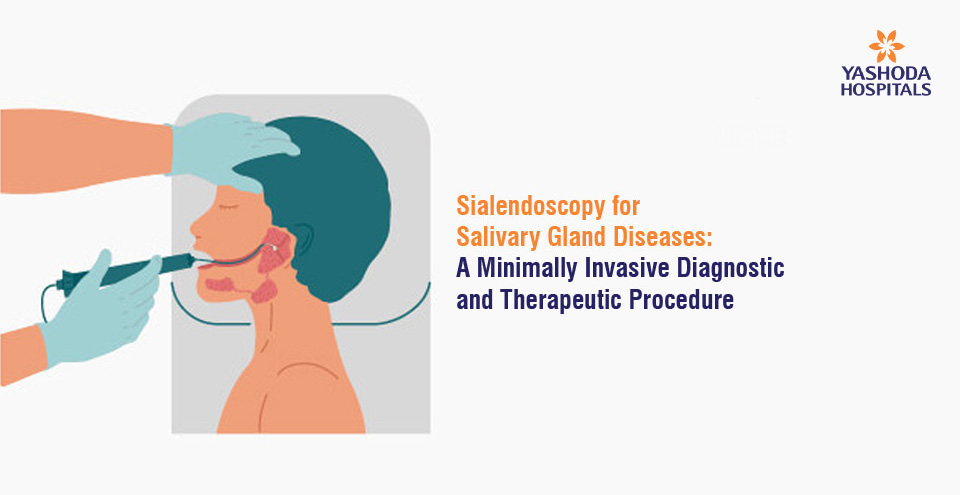
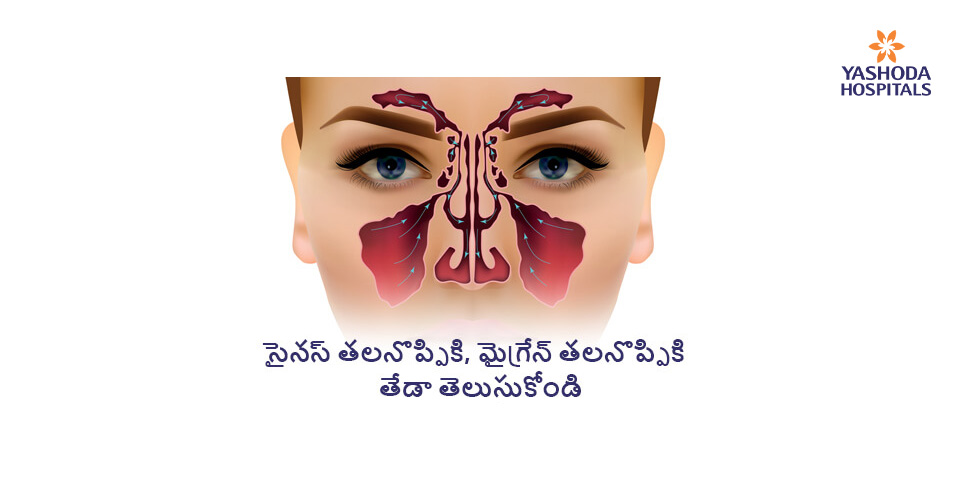
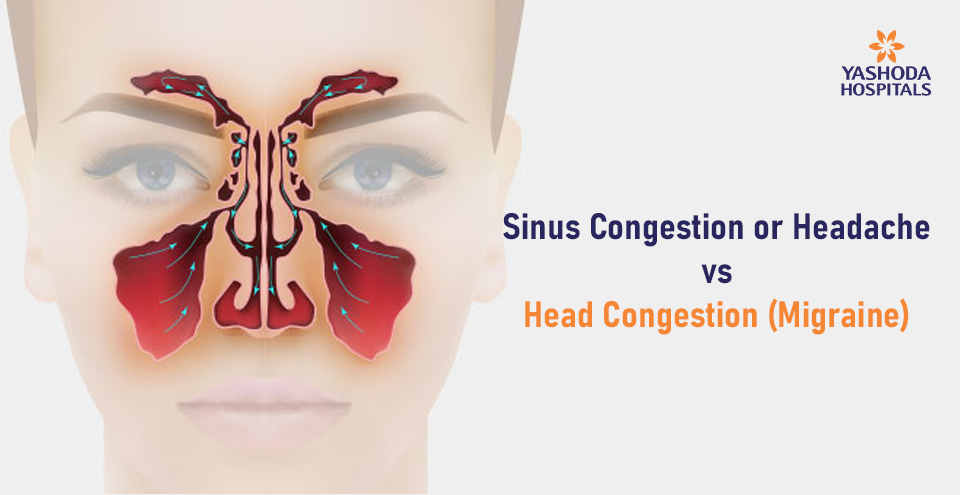
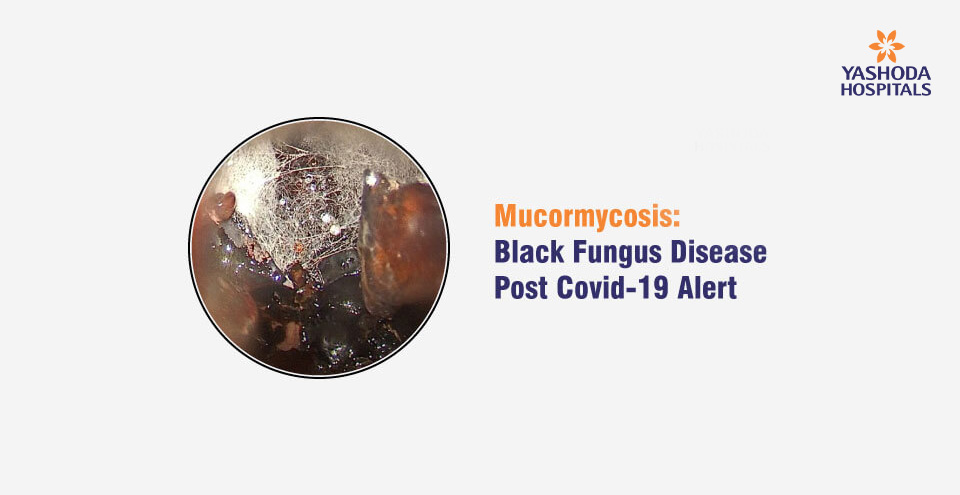





 Appointment
Appointment WhatsApp
WhatsApp Call
Call More
More

